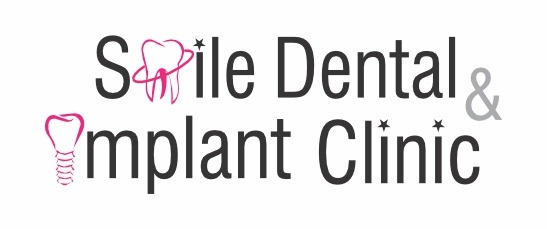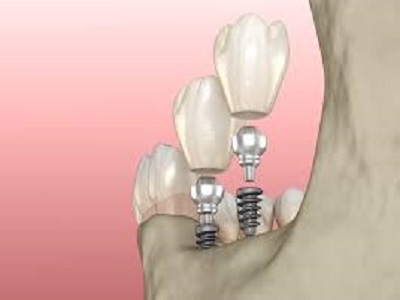What is Conventional implants?
The conventional implant is an old-style general procedure, in which after the setting (fastened) in the springy bone (delicate bone), we should hang tight for a time of 3-5 months essential for accomplishing osseointegration with the bone (solidification).
After this osteointegration period, the embed can be stacked with a crown or spanning structure. Hence, it is called two-stage implantation.
The primary issue with Conventional implant is acknowledgment and consistent hold of the embed in the bone. This issue was settled interestingly by Dr. Bronemark (Sweden), which fabricates bio-permeable inserts with a particular plan custom fitted to the methods of new bone development and bone maturing.
Throughout the long term, conventional implantation has grown rapidly. Different worldwide organizations are continually making an assortment of embed changes to expand the outcome of their maintenance in the bone. This is the justification for the developing number of organizations and makers, which are searching for and offering advancements in dental implantology.
In our center we utilize the most recent embed frameworks - each with its benefits and signs of purpose. The widely popular and affirmed brands have their signs in the utilization of the methods.
Every framework has application benefits relying upon how much accessible bone and the implantation region - the front-facing or distal region.
Phases of treatment:
Stage 1: After taking a set of experiences and an intraoral clinical assessment and taking a X-beam, a cut is made under neighborhood sedation and the mucosa is eliminated. The embed is put (fastened) in cancellous (delicate) part of the bone and is stitched;
Stage 2: After 4-6 months, the embed is uncovered and a gingival shaping component is set to frame the gum around the embed;
Stage 3: After 10-15 days of the subsequent stage, a dental research facility impression is made to make a connecting structure over the embed;
Stage 4: Placing the superstructure over the embed and changing the completed construction (over the embed) lastly completing it.
Benefits:
1. Plausibility to put both single and different inserts in every aspect of the jaws;
2. Capacity to make single crowns over inserts, which gives a high stylish impact.
Drawbacks:
1. Required adequate expansive and high (bone) adequate for the embed site;
2. Arrangement of the embed in bone spongiosis (delicate part) and long hanging tight for osteointegration in the jaw; 3. At times, on the off chance that there is the inadequate volume of bone, it is important to put a bone substitute (bone expansion) and this broadens the holding up period.

